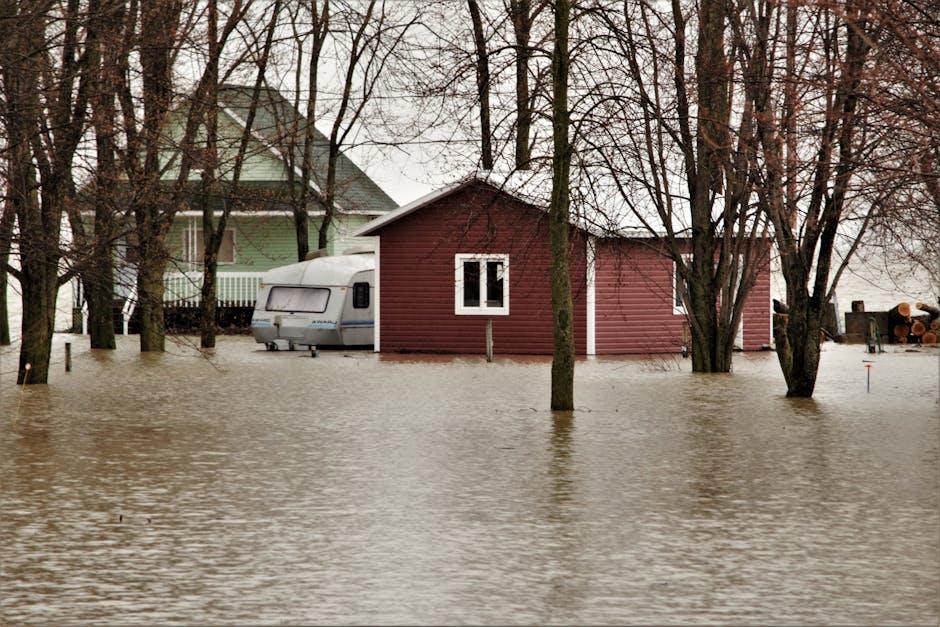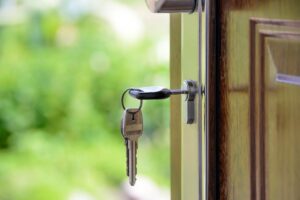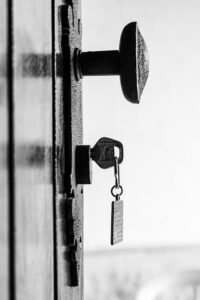When the safety of your home is compromised, the feeling of vulnerability can be overwhelming. A break-in is more than just a violation of property; it’s an intrusion into your personal sanctuary, shaking the foundation of comfort and security. In the wake of such an unsettling event, one of the most immediate and effective steps to regain control is to change your home’s locks. This article explores the crucial process of emergency home lock changes after a break-in, offering practical guidance to help restore peace of mind and fortify your defenses against future threats.
Table of Contents
- Understanding the Immediate Risks After a Break-In
- Choosing the Right Locks for Enhanced Security
- Step-by-Step Guide to Changing Your Home Locks Quickly
- When to Call a Professional Locksmith for Emergency Services
- Preventative Measures to Avoid Future Break-Ins
- Q&A
- In Summary

Understanding the Immediate Risks After a Break-In
When a break-in occurs, the most pressing concern is the vulnerability left behind, which extends far beyond the immediate physical damage. Intruders may have duplicated keys or compromised lock mechanisms, leaving your home exposed to potential re-entry. The sense of security previously felt is suddenly shattered, creating an urgent need to regain control over who can access your personal space. This period of uncertainty demands swift action to replace or reinforce locks, ensuring that no unauthorized individuals retain access. Often overlooked is the psychological toll this risk imposes – knowing that one’s sanctuary has been breached significantly impacts mental well-being.
Immediate steps after a break-in should focus on neutralizing any remaining threats. Consider the following critical actions:
- Change all exterior door locks: This prevents any previously issued keys from working.
- Inspect window locks and security systems: Windows and alarms can be entry points that need to be secured or upgraded.
- Consult security professionals: A locksmith or home security expert can identify hidden vulnerabilities and recommend smart upgrades.
| Risk | Reason | Immediate Action |
|---|---|---|
| Key Duplication | Extra keys may exist unnoticed | Rekey or replace all locks |
| Compromised Locks | Lock mechanisms could be damaged or picked | Install high-security locks |
| Hidden Entry Points | Windows or secondary doors left unsecured | Check and reinforce all access points |
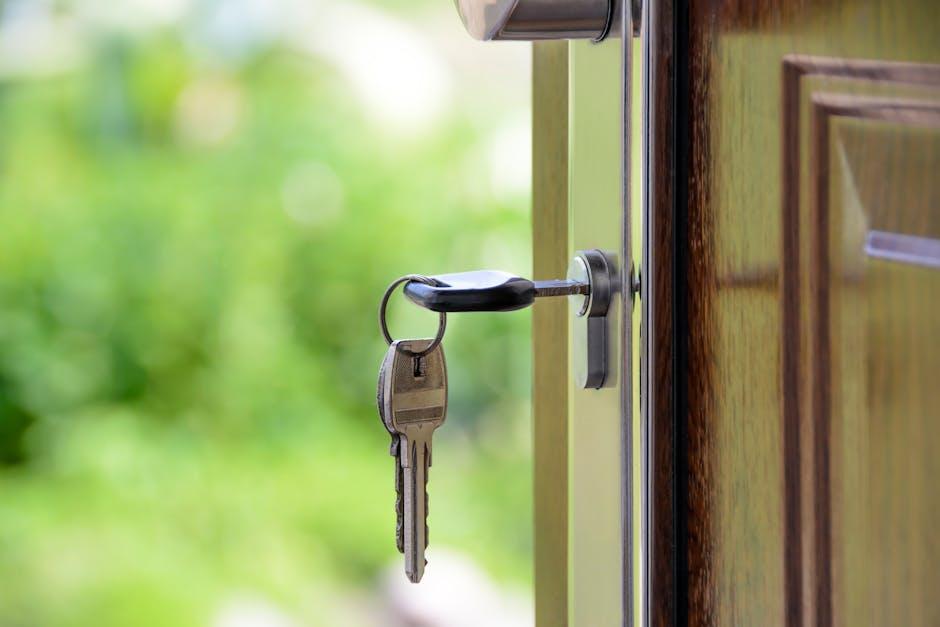
Choosing the Right Locks for Enhanced Security
After a break-in, upgrading your entry points with more reliable locking systems is crucial to bolstering your home’s defenses. Not all locks offer the same level of protection; understanding the variety available helps you make an informed decision. Among the most trusted options are deadbolts, which provide a robust barrier against forced entry. In addition, smart locks now combine convenience with enhanced security features such as remote access control and real-time alerts, ideal for modern homeowners seeking both safety and ease of use.
When selecting locks, consider these essential attributes to maximize your home security:
- Pick Resistance: Ensures the lock is difficult to manipulate without the correct key.
- Drill Resistance: Metal reinforcements can prevent destructive entry techniques.
- Key Control: Limits unauthorized duplication of keys, maintaining strong access management.
- Weather Durability: Protects the mechanisms from rust and wear, especially in outdoor installations.
| Lock Type | Security Level | Best For |
|---|---|---|
| Deadbolt | High | Front and back doors |
| Smart Lock | Moderate to High | Tech-savvy homeowners |
| Mortise Lock | High | Commercial doors & older homes |
| Padlock | Low to Moderate | Gates, sheds |
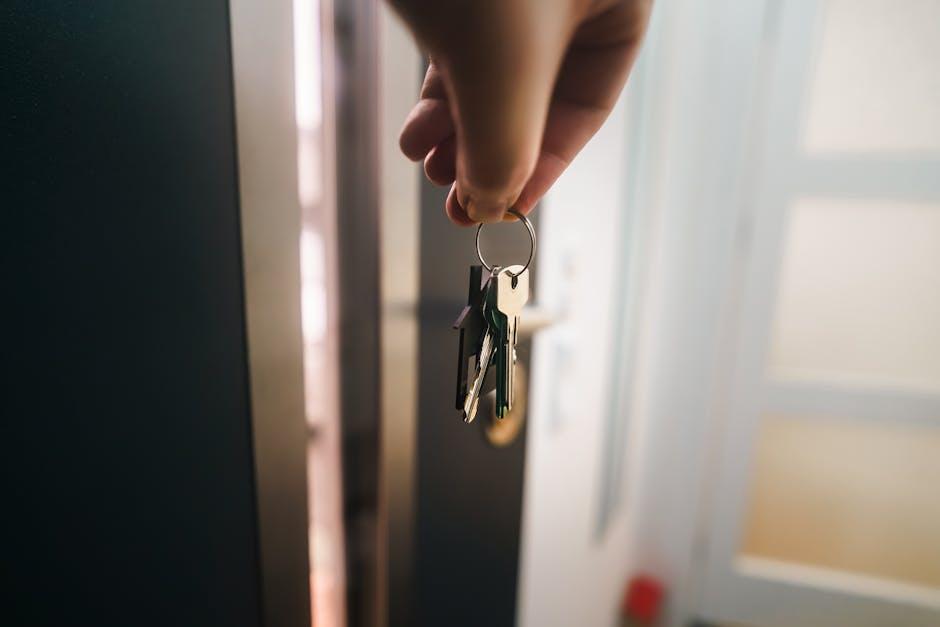
Step-by-Step Guide to Changing Your Home Locks Quickly
Begin by gathering all necessary tools such as a screwdriver, replacement locks, and a pair of gloves to ensure safety. Start by removing the damaged lock carefully; this might involve unscrewing plates or knobs. Keep all original screws handy as they often fit best. Once the old lock is out, clean the door area to remove any debris or splinters, providing a smooth surface for the new lock installation. Remember to test fit the new lock before securing it permanently.
After installation, check the alignment using a clothespin or similar small item to ensure the latch fully engages with the strike plate. If needed, adjust the strike plate’s position by loosening screws and shifting it slightly. Below is a quick reference guide for common lock types and their approximate installation times:
| Lock Type | Estimated Time | Difficulty |
|---|---|---|
| Deadbolt | 15-30 minutes | Medium |
| Knob Lock | 10-20 minutes | Easy |
| Lever Handle | 20-35 minutes | Medium |
| Electronic Lock | 30-45 minutes | Hard |
- Double-check alignment for smooth operation
- Confirm lock function before closing the door
- Test key insertion and turning multiple times
- Secure all screws tightly for durability
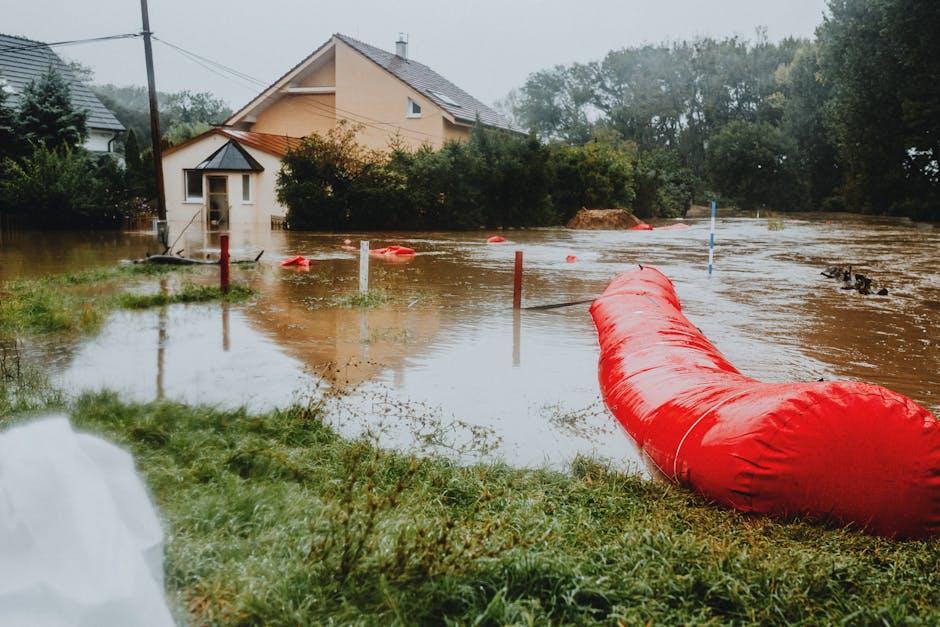
When to Call a Professional Locksmith for Emergency Services
After a break-in, your sense of security is often shaken, and acting swiftly is crucial to restoring it. This is the moment to engage a professional locksmith who can assess the damage and perform urgent lock replacements to safeguard your home. Attempting to fix or replace locks yourself during such stressful times can lead to mistakes that compromise your safety further or cause unnecessary delays. Professionals come equipped with specialized tools and expertise to handle varied lock systems, ensuring rapid and reliable service.
Consider calling a locksmith immediately if you notice any of the following signs post-break-in:
- Visible damage to door locks, frames, or windows
- Lost keys or suspicious activity indicating stolen copies
- Inability to properly secure your entry points
- Urgent need for advanced security solutions like smart locks or reinforced deadbolts
| Emergency Scenario | Locksmith Solution |
|---|---|
| Damaged lock cylinder | Immediate lock cylinder replacement |
| Lost or stolen keys | Rekeying or lock replacement |
| Broken door frame | Reinforcement and lock installation |
| Outdated lock security | Upgrade to high-security locks |
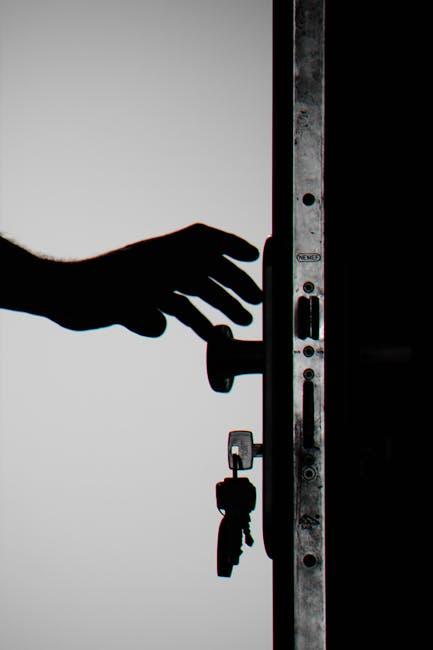
Preventative Measures to Avoid Future Break-Ins
Securing your home effectively is more than just changing locks; it’s about creating layers of defense that deter potential intruders. Consider installing high-security deadbolts paired with reinforced strike plates to withstand forced entry attempts. Incorporating smart lock systems with biometric access or app-controlled entry provides both convenience and enhanced security, allowing you to monitor who enters your home in real-time. Equally important is ensuring all windows and sliding doors have additional locks or security bars, as these are common vulnerable points that burglars exploit.
Beyond hardware upgrades, establishing a routine of vigilance fortifies your home’s protection. Utilize motion-activated exterior lighting and CCTV surveillance cameras, which can discourage unwanted visitors by increasing the risk of identification. Here is a quick reference table outlining the essential preventative measures:
| Preventative Measure | Benefit |
|---|---|
| High-Security Deadbolts | Resists forced entry |
| Smart Lock Systems | Remote access & monitoring |
| Window Security Locks | Protects vulnerable entry points |
| Motion-Activated Lighting | Deters intruders at night |
| CCTV Surveillance | Provides evidence & alerts |
Q&A
Q&A: Emergency Home Lock Changes After a Break-In
Q1: Why is it important to change locks immediately after a break-in?
A1: After a break-in, your home’s security has been compromised. Changing locks immediately ensures that any unauthorized individuals who may have accessed keys or lock codes can no longer enter, restoring your sense of safety and preventing further incidents.
Q2: Can I change the locks myself, or should I hire a professional?
A2: While DIY lock changes are possible, it’s often best to hire a professional locksmith. They provide expertise in selecting secure locks, ensure proper installation, and can recommend upgrades to better protect your home in the future.
Q3: What types of locks are recommended after a break-in?
A3: High-security locks, such as deadbolts with reinforced strike plates, smart locks with encryption, or keyless entry systems, offer enhanced protection. Discuss with your locksmith which options best suit your home and budget.
Q4: How quickly should I act to change the locks after a break-in?
A4: Ideally, you should arrange for lock changes as soon as possible-preferably within 24 to 48 hours after the incident. Prompt action minimizes risks posed by lost or duplicated keys and unsettled security.
Q5: What else should I consider besides changing the locks?
A5: Beyond locks, consider additional security measures like installing security cameras, upgrading outdoor lighting, reinforcing doors and windows, and notifying local authorities or neighborhood watch groups.
Q6: Will my home insurance cover lock changes after a break-in?
A6: Coverage varies by policy. Some home insurance plans reimburse or cover emergency lock changes following a break-in as part of theft or vandalism protection. It’s best to review your insurance details or contact your provider promptly.
Q7: How can I prevent future break-ins after changing locks?
A7: Maintain regular assessments of your home’s security, ensure all entry points are secured, avoid hiding spare keys outside, and use technology such as alarms and smart locks to deter intruders.
Q8: What should I communicate to family members or roommates after changing locks?
A8: Share new key information securely, update access codes if applicable, and discuss security protocols to ensure everyone understands how to maintain home safety.
Changing your locks after a break-in is a crucial step toward reclaiming your home’s security-a proactive move that safeguards your sanctuary and brings peace of mind.
In Summary
In the wake of a break-in, changing your home’s locks is more than just a practical step-it’s a crucial act of reclaiming your sense of security and peace. While the experience can be unsettling, taking swift action to update your locks can transform your home from a vulnerable target into a fortified sanctuary. Remember, safety is not a luxury but a necessity, and every new lock installed is a quiet promise to yourself: that your home remains a place of refuge, resilience, and renewal. When crisis strikes, let your response be both thoughtful and decisive-because protection starts at the threshold.


